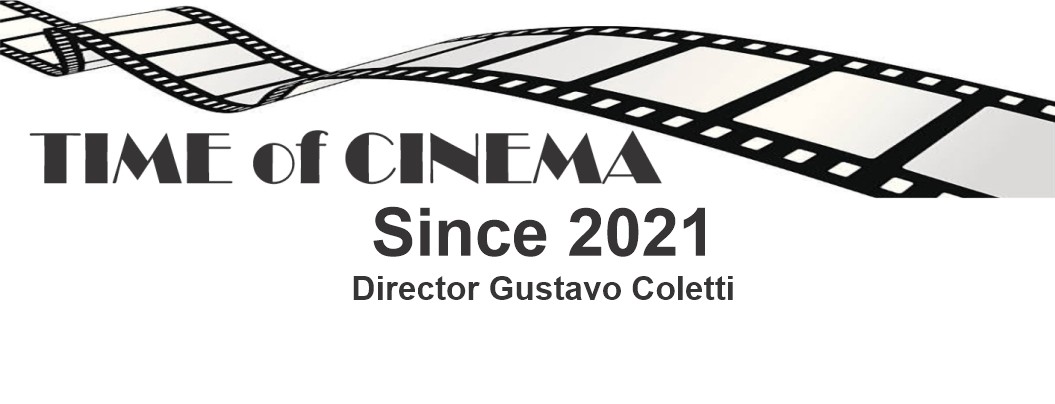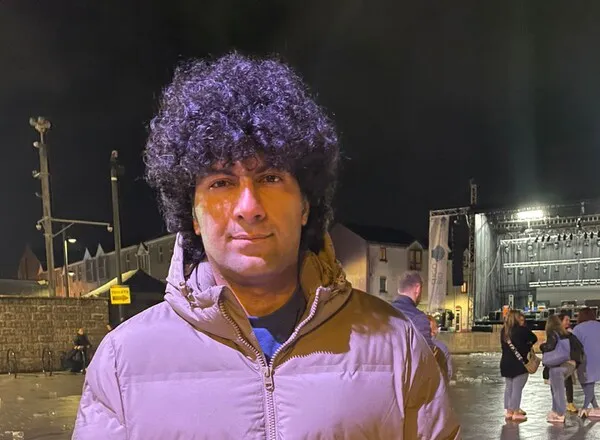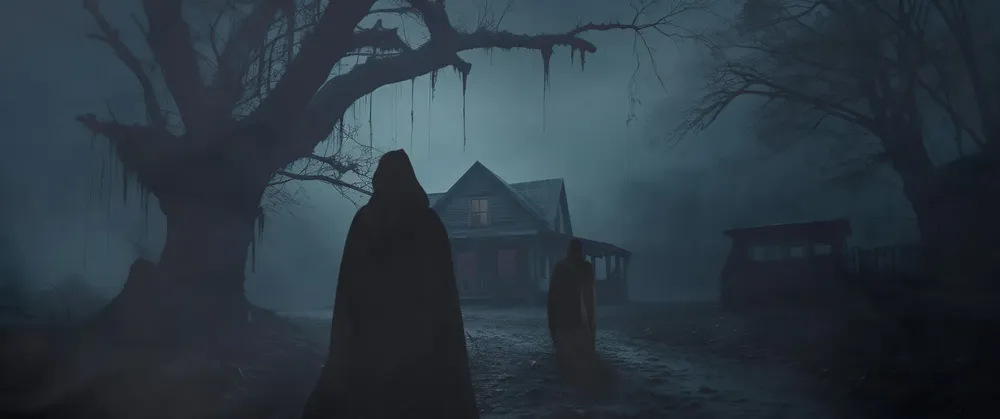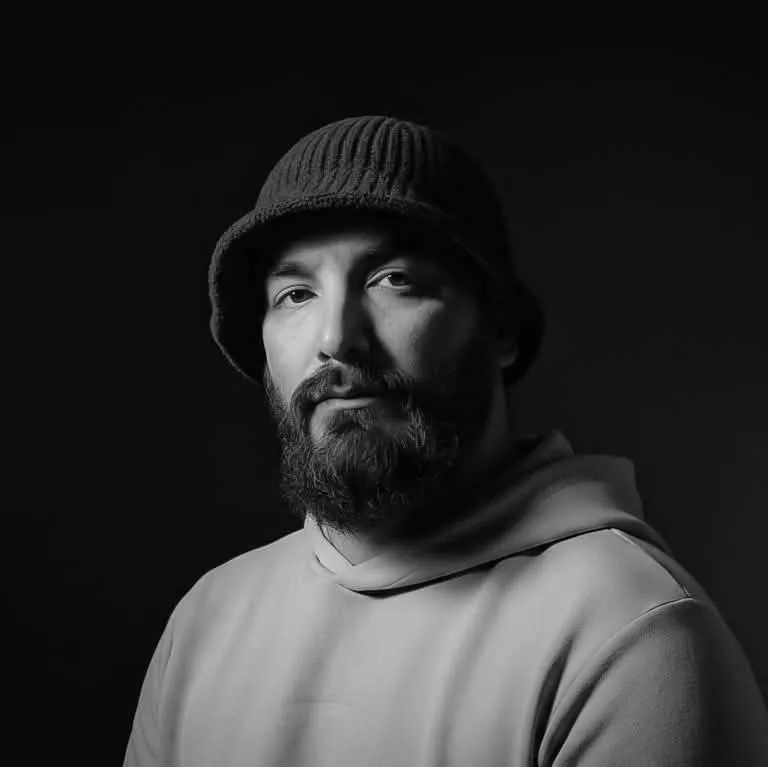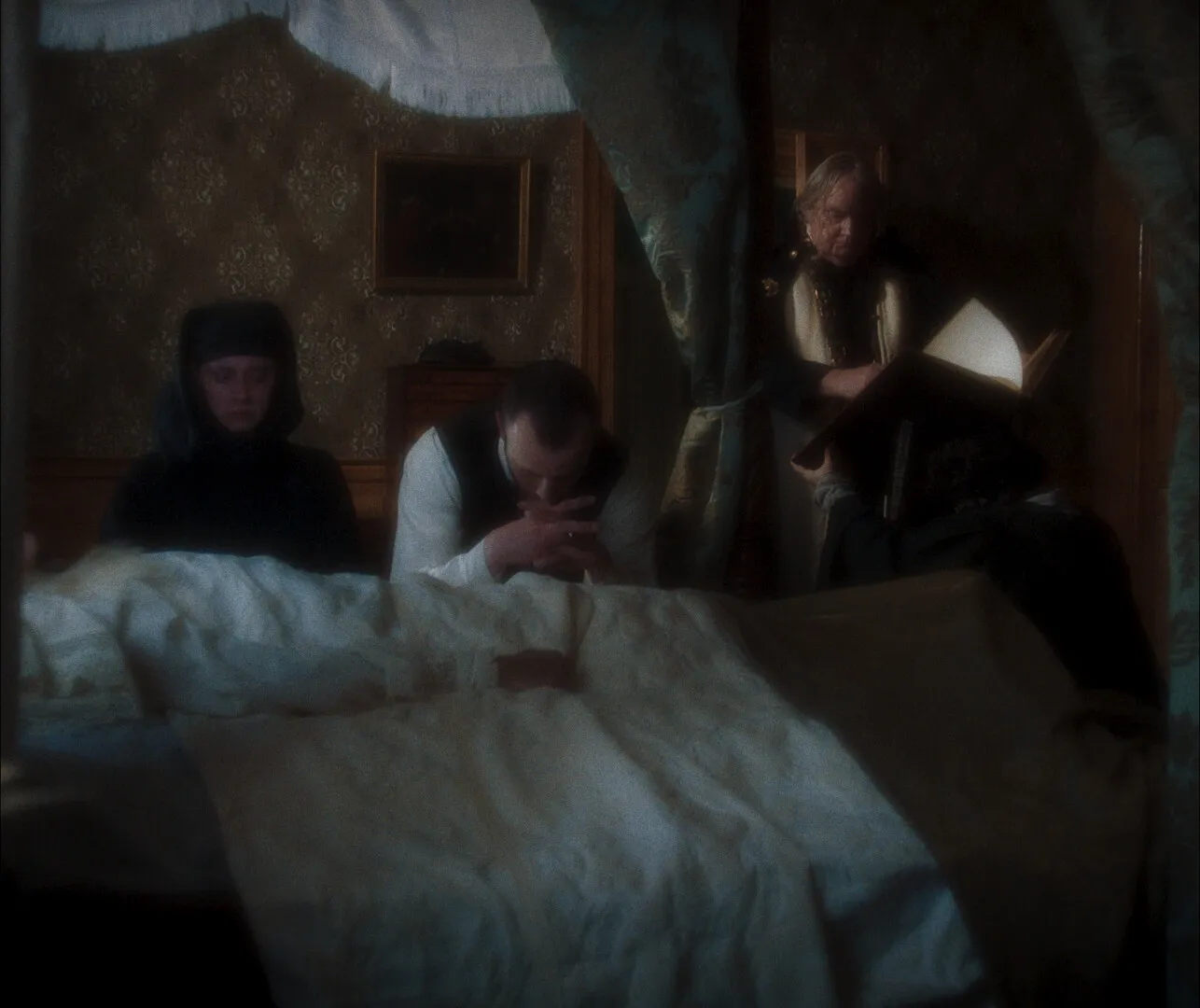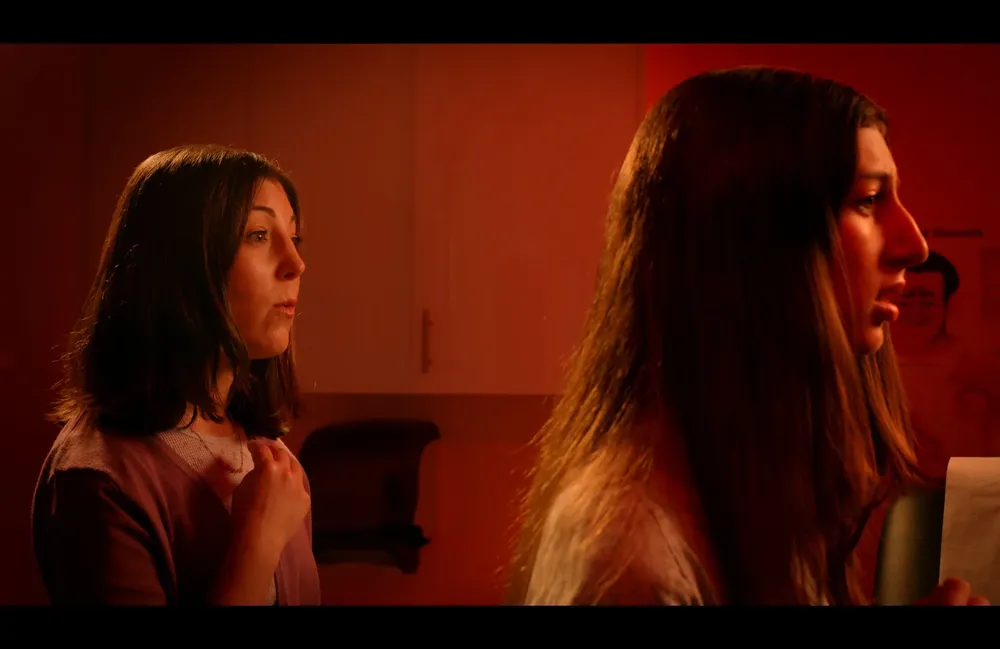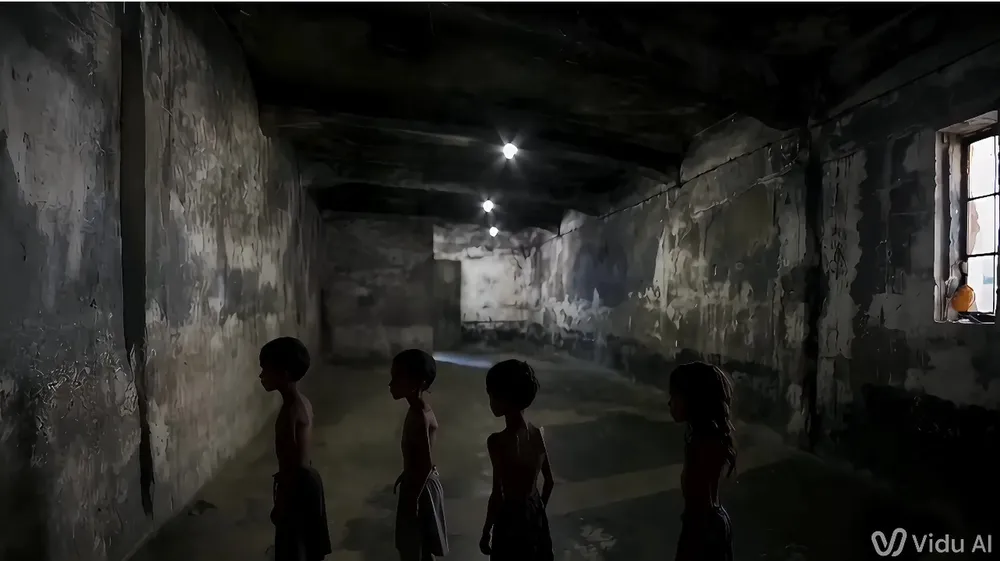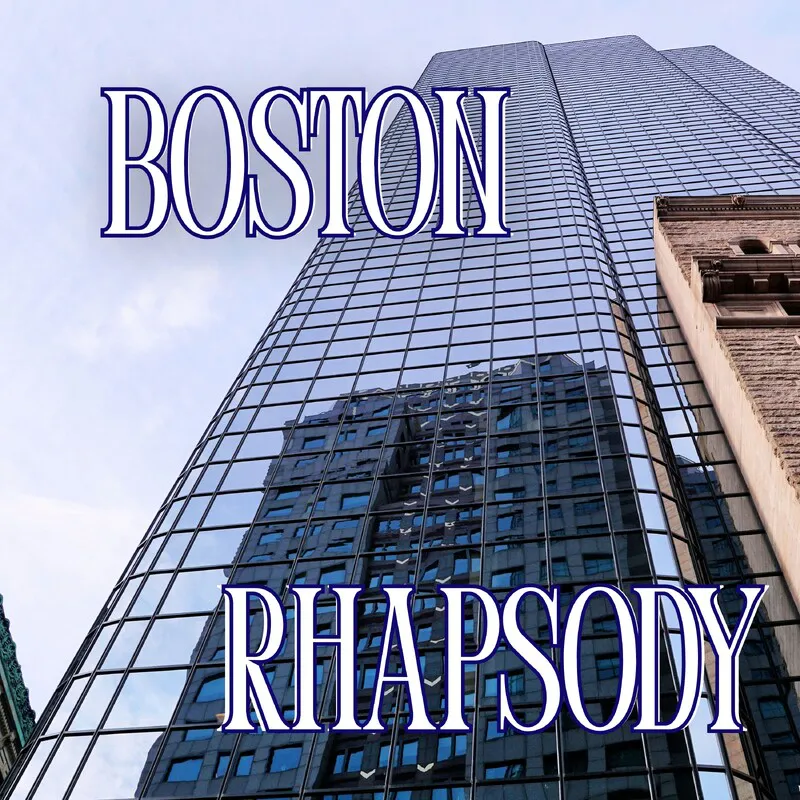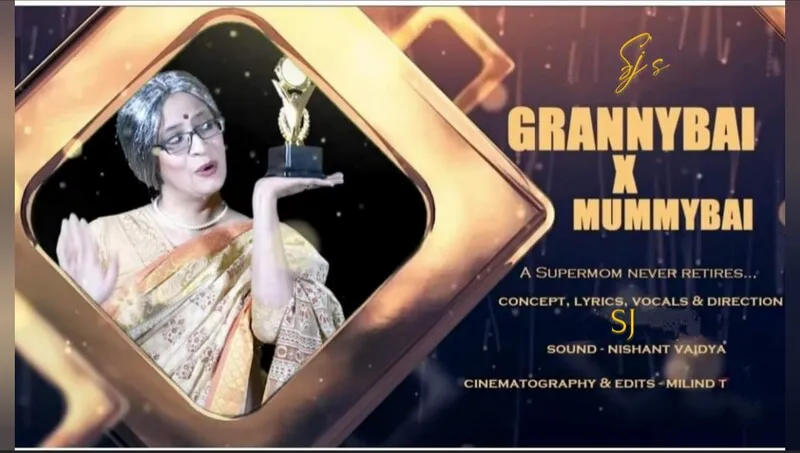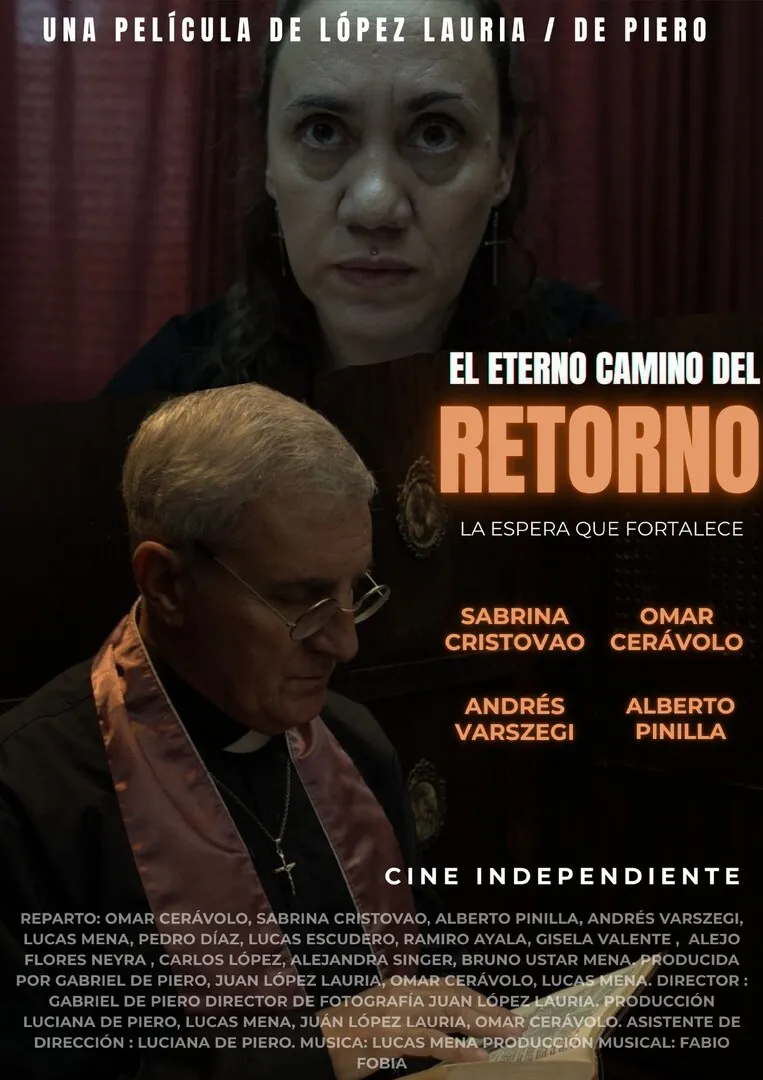
Provocative aesthetics: British director Peter Greenaway at 80
He defines himself as a philosopher and an artist: As the unconventional British filmmaker Peter Greenaway turns 80, here's a look back at his career.
NEWS DW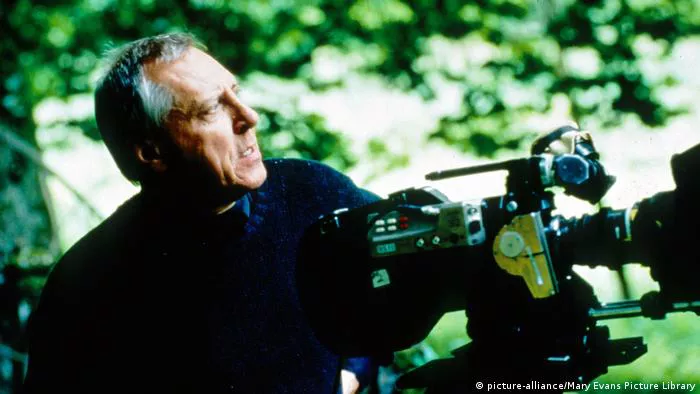
The 1980s were Peter Greenaway's golden era. Between 1982 and 1989, he directed five films which received a lot of attention and acclaim and established him as a star director. Cinephiles were fascinated by the audacious and unconventional ideas of the British filmmaker.
It all seemed to be over quite suddenly. During the following decade, he appeared to leave the international stage just as quickly as he had made it to the top.
It wasn't that Greenaway stopped directing films, but rather that they suddenly ceased to be en vogue. The same critics who had once hailed him suddenly rejected his works for being too intellectual. And subsequently, his audiences drastically shrank.
Hardly any other film director in the post-war era has enjoyed such a high degree of popularity within a particular time frame, only to then lose it so quickly.
Greenaway himself might see things differently.
After all, he very consciously turned his back to what he termed "conventional cinema." But what precisely did he define as "conventional"? After all, even his hits including "The Draughtsman's Contract," "The Belly of an Architect," and "The Cook, the Thief, his Wife and her Lover" were anything but conventional. The highly original British filmmaker never even tried to please mainstream audiences.
Curious about the versatility of film
Born on April 5, 1942, in Newport, Wales, Peter Greenaway was always interested in the versatility of film, its vocabulary and its future, taking into account technical developments and the older techniques that would become outdated as a result.
After predicting the end of film as a medium, the director went on to present his own ideas on art, where film only played a minor role. Through his elaborate installations, combining art and film, painting and music, traditional culture and modern techniques, the conceptual artist Greenaway created some total works of art.
Film comeback
At that point, most film fans took for granted that the highly philosophical artist wouldn't be returning to film, having found a new niche international audience through his art.
He nevertheless surprised the film world in 2015, by presenting his movie "Eisenstein in Guanajuato" at the Berlin Film Festival, an homage to Russian filmmaker Sergei Eisenstein, best known for his 1925 film "Battleship Potemkin."
Because Greenaway addressed Eisenstein's alleged homosexuality in his film, the Russian State Film Archive withdrew its support. Greenaway then criticized President Vladimir Putin at the Berlinale for promoting homophobia.
Despite this dispute, Greenaway worked that same year on a project about Russia's past and future under the working title "Volga" — financed by the Russian oligarch and Putin confidante Gennady Timchenko, who was already on the US sanctions lists at the time. In the end, the film didn't materialize.
In 2017, Greenaway, who lives in the Netherlands, released the documentary "Luther and His Legacy," which draws parallels between pictorial representations of Martin Luther and the profusion of digital image production today.
Now, as he turns 80, a new trailer for his upcoming drama "Walking To Paris" has been released. The biopic centers on modernist Romanian artist Constantin Brancusi.
According to trade magazine Variety, Greenaway is working on three more projects: "Lucca Mortis," scheduled to be filmed late winter 2022; as well as "Bosch" and "The Food of Love," planned for 2023.


The first festival of our magazine will be held on December 29, 2025. All enrolled films will have exposure in promotional notes totally free. There will also be reviews and interviews. For some categories we offer a 75% discount, with code Disco2025
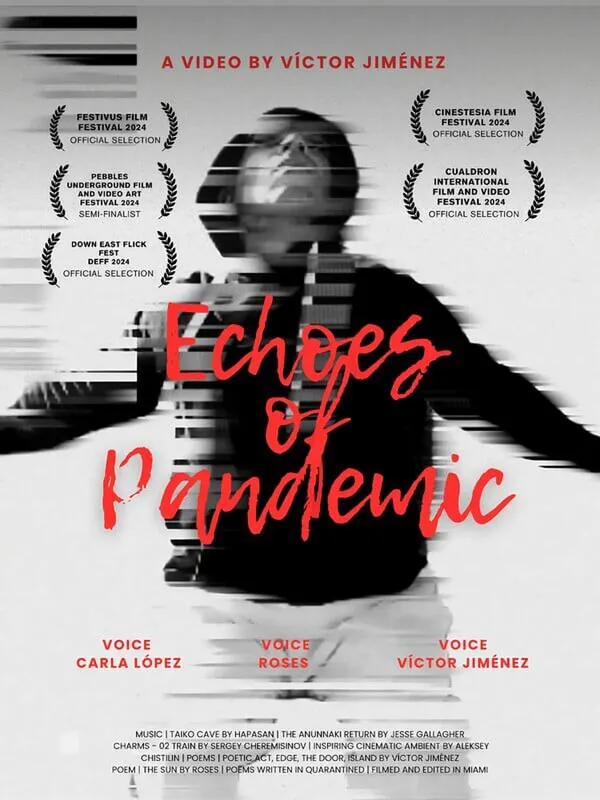
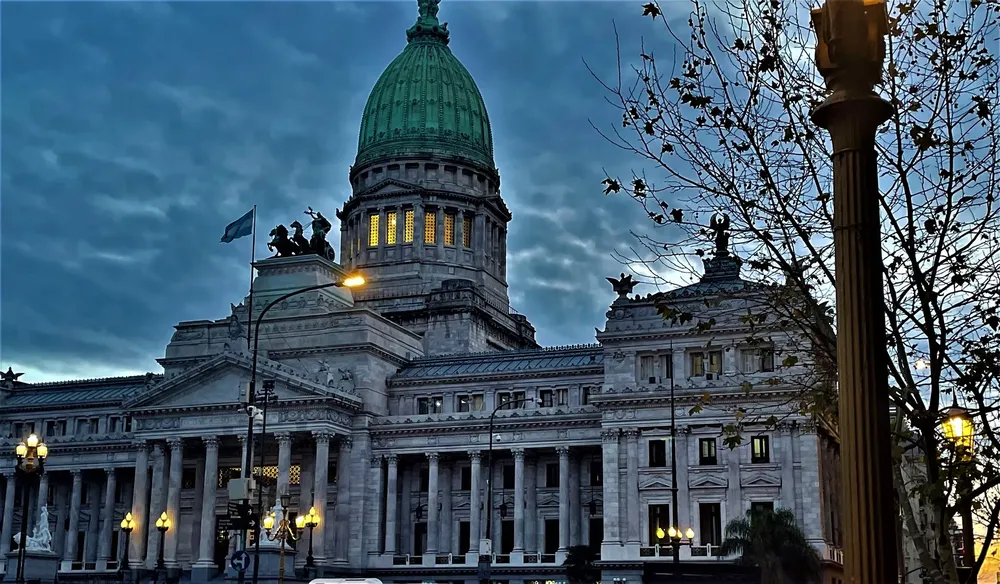
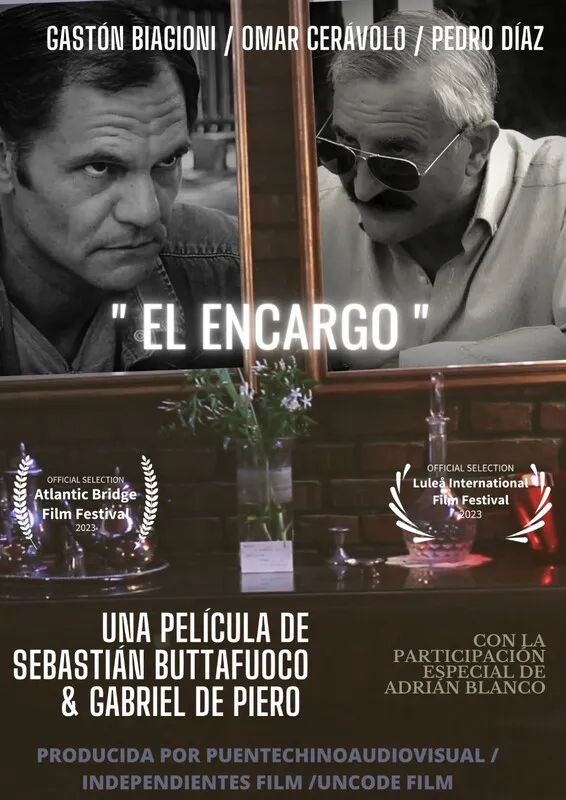
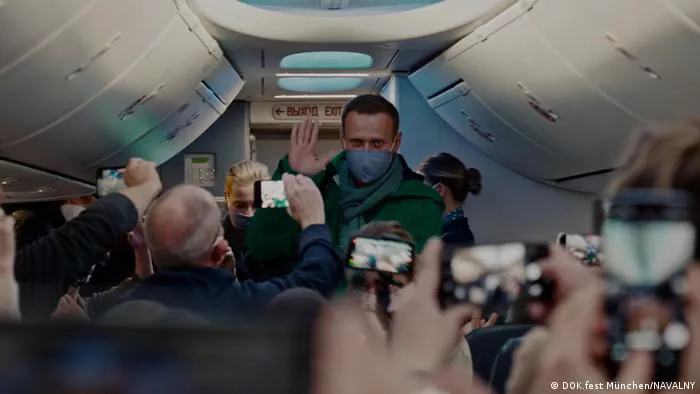
After a two-year break due to the pandemic, the documentary film festival is once again held in cinemas. A political thriller about Alexei Navalny opens the event.
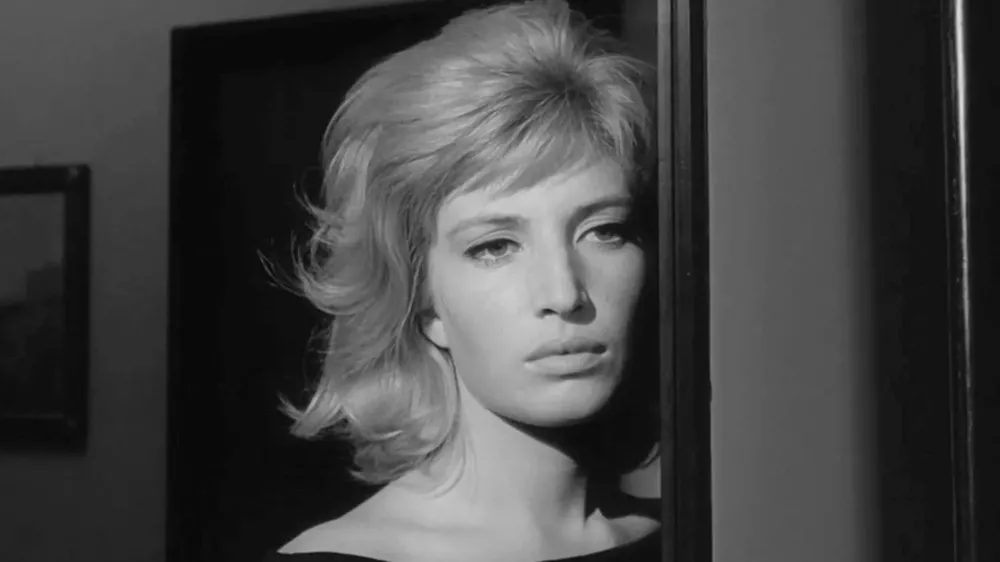
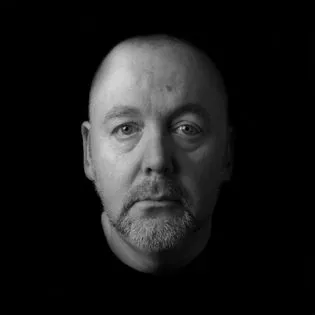

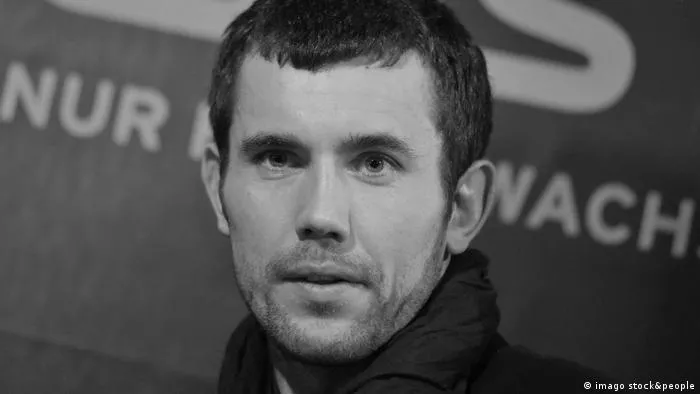
Lithuanian filmmaker Mantas Kvedaravicius, whose documentary "Mariupolis" premiered at the 2016 Berlinale, was killed in an attack in the besieged Ukrainian city of Mariupol. DW takes a look at other Ukrainian films.
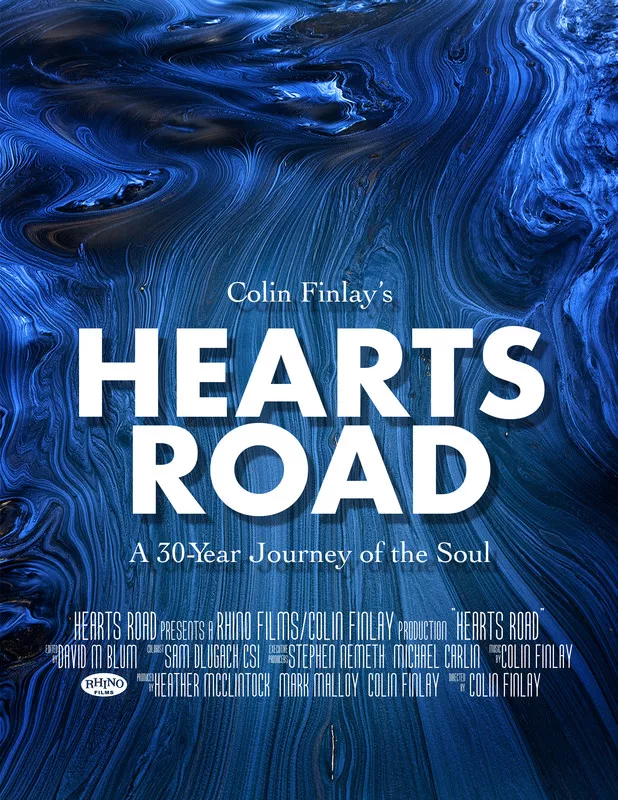

Picture from last Festival in Pomona, California
